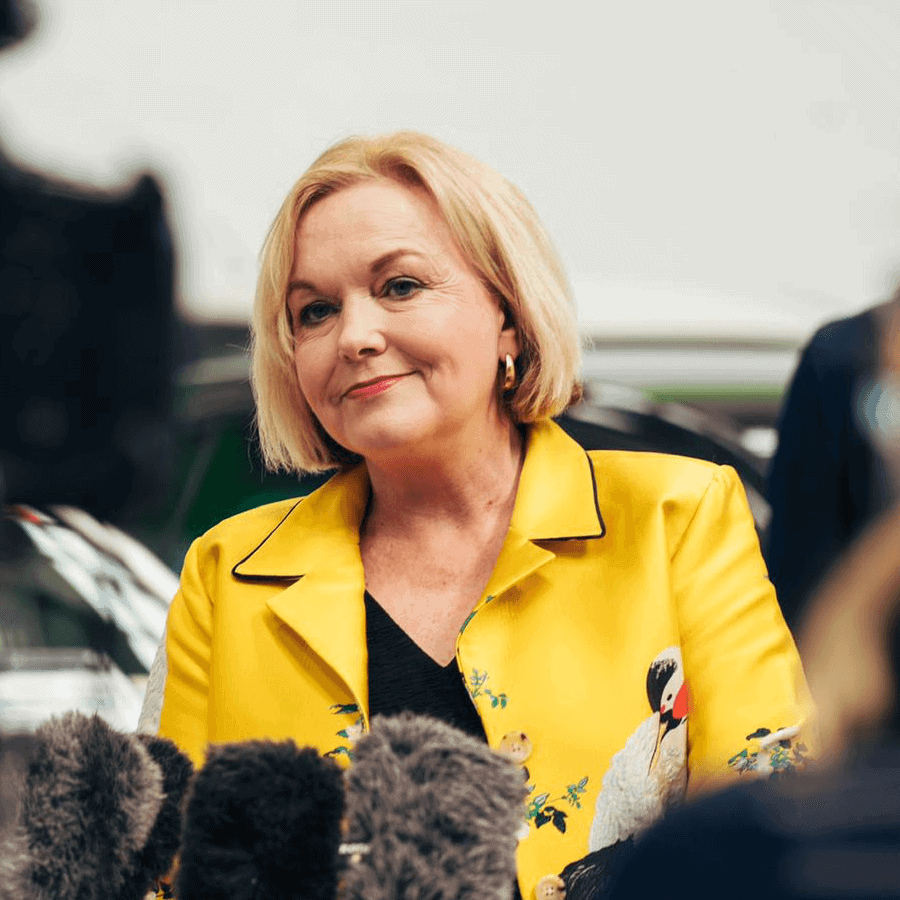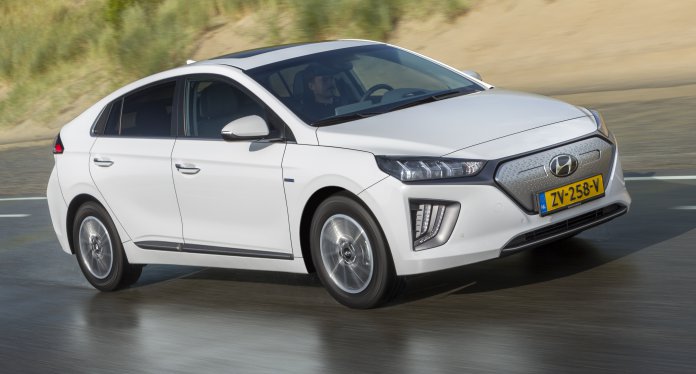Much has been made of Joe Biden’s 1967 Corvette, and in 2017, a 2007 Ferrari F430 F1 coupe formerly owned by Donald Trump sold for well beyond estimate at an Auctions America sale. But cars really are not an issue in the 2020 presidential race in the United States.
Things are different in in New Zealand, where cars became the subject of contention during a debate between Prime Minister Jacinda Ardern (Labour Party) and National Party leader Judith Collins.
New Zealand’s general election was postponed due to the coronavirus pandemic until October 17.

Judith Collins 
Jacinda Ardern
According to a report on the website of TVNZ, a debate about climate change became a focus on what the leaders of the Labour and National parties own and drive. Ardern drives an electric vehicle — a Hyundai Ioniq — while Collins and her husband, David Wong-Tung, own and drive classic and petroleum-fueled cars — including a 1974 MGB roadster and an E-type Jaguar — although Collins said she wants an EV and is putting a recharging outlet in the car port at her home.
“We have a lot of cars,” she said, “we do collect because we’re both classic car nuts.”
“Is that OK?” she added.
The report noted, however, that both leaders have access to chauffeur-driven BMW 730Ld limousines in their roles as party leaders.
According to the 1 News report, “Private vehicles currently make up almost 70 per cent of New Zealand’s household emissions, debate moderator Luke Malpass said, asking both leaders what proportion of the New Zealand’s car fleet they’d like to see go electric, and what they’re doing to make that happen.
“They have to be low-emissions vehicles, not just EVs,” Ardern said.
“One of the things I know about EVs is that the price point for them right now is out of reach for most New Zealanders — I want them to have low-emissions choices,” adding that those include public transport and safe cycling routes.
“A $60,000-plus EV is not the only answer right now.”
Collins’ National Party’s platform includes a proposal to allow EVs to drive in bus and high-occupancy lanes and would exempt electric cars from the country’s fringe benefits tax and road user charges. It also would require one-third of the government’s light-vehicles fleet to be electric powered. As those cars leave the fleet, they would enter the second-hand market and thus provide lower-cost EVs to the public.






I vote for Collins !
Does everyone think that electricity for charging magically comes out of a socket? Do they know it has got to be produced by a power plant. Do they know how much pollution is produced in the production of batteries?
Yes had this “old”, argument with my Dad about 10 years ago. Well, sir, thing a changin, yes? We are evolving this situation,as city, states, individuals become more energy intelligent. Like I told my Dad, clicking your fingers doesn’t bring instant change. The past is the past, the future and it impressive benifits are ahead of us. FYI, did you buy the first flat screen TV? No, because it was $30,000. Now they are $600, average, yes?😳
Support our future, not the dead useless past. The past is for learning mistakes and building the new.